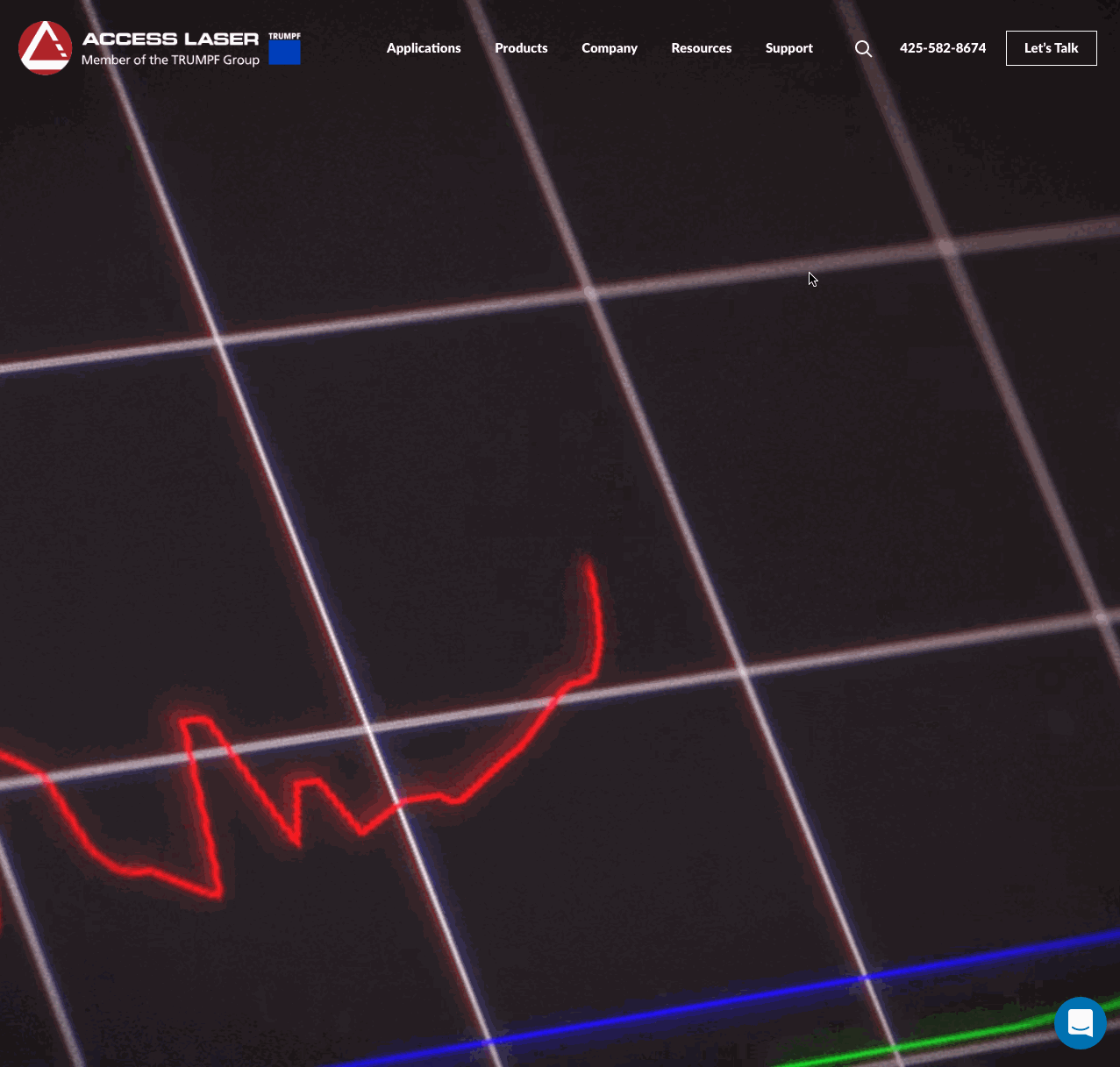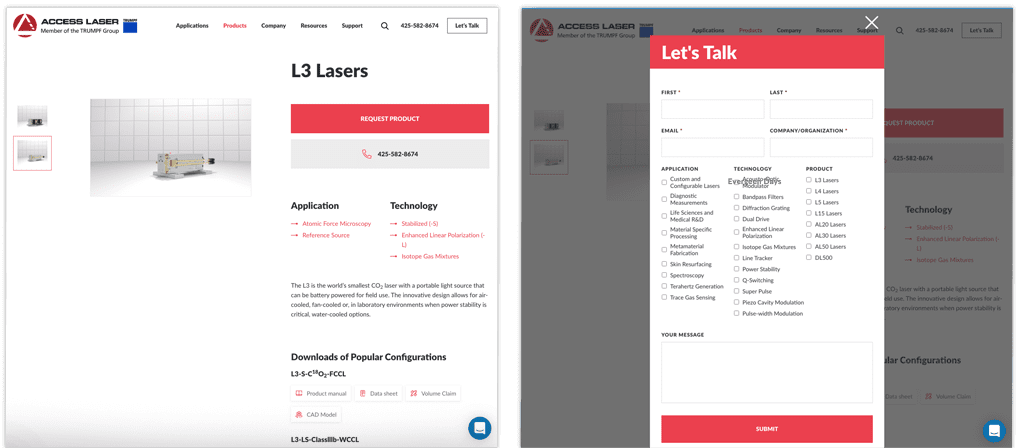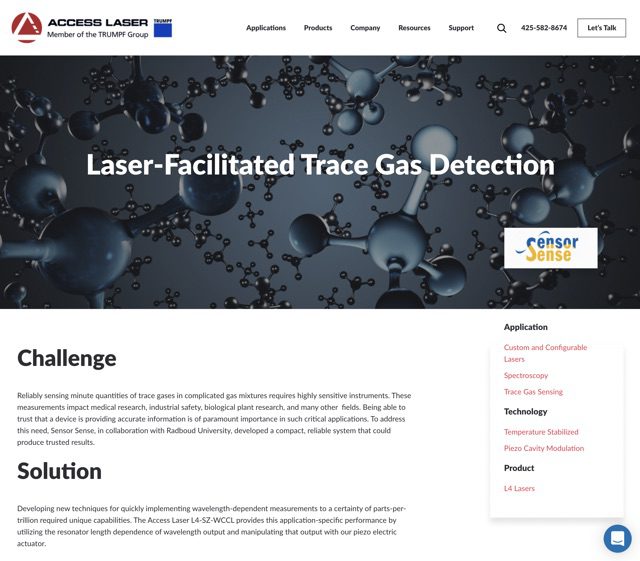Differentiate From Competing Manufacturers
Manufacturing firms need websites that position them as more than a commodity producer—they need to be an essential part of their customer’s supply chain. Visitors could be buyers from an OEM, engineers looking for parts, or supply chain operations professionals trying to increase efficiency. A good manufacturer’s website should spell out unique value props in the copy, list value-adds where possible, and compare against competitors that buyers are likely to investigate. Everyone asks “why should I buy from you?”, so have an answer ready.

Answer Customer Questions Their Way
Modern manufacturing websites need to work with customers any way they expect. Go beyond providing a phone number and FAQs. Try implementing a strong search function so customers can look for the specific parts they need, or find helpful articles your team has written that answer unique questions affecting the customer. Add even more advanced functions like a persistent chat bot, which can take manufacturing buyers’ questions and direct them to specific resources so they can move from interest to decision all the faster. By the time they reach out to sales directly, they’ll be informed and ready to iron out a purchase order.

Put a Face to the Product on About Pages
These are the pages that describe your core offerings. Buyers can go anywhere for parts and products, but they choose to work with and stay with a vendor ultimately because of its people. Show off your sales team, your producers, your leadership, and other key players in detailed bios on the About page. Combined with a description of your manufacturing firm’s mission, vision, and values, this personalization can help build trust before buyers have even called you.





Improve Your Website Build Quality
A well-designed, modern manufacturing website design Seattle can help drive the first positive impressions and keep your firm in the buyer’s consideration set from the get go. Equally important is mobile responsiveness—even in traditional industries, half of the people use their phone to look up information instead of computers. If your website is optimized for any size cellphone and tablet, you can capture even more leads with ease.
Include SEO in Your Manifest
A good manufacturing website doesn’t do much if nobody can find it. Search engine optimization (SEO) is essential to getting your firm to show up when prospects search for producers of your products. There are a number of ways to build up your reputation, including gathering reviews from happy customers on Google My Business, and writing about your unique views on the industry through a blog. The more valuable and unique content you put out, the easier it is for Google to recognize your site as a top contender for relevant searches.
Build a Conveyor Belt for New Customers
The buying journey for manufacturing customers has changed. It’s important that a manufacturing website takes into consideration what visitors are doing on each page, how they got there, and directs them towards the ultimate action you want them to take. If you want them to fill in a form, make sure it’s accessible on every page. If you want them to request a quote on particular products, make sure those products get featured in each relevant spot. A website is like an assembly line, so make sure each step flows into the next, and your new business production will be on schedule.

Highlight Case Studies on Big Orders
Follow up with customers for whom you’re a major supplier for quotes and data that can help you produce case studies. Even if you’re in commodities manufacturing, these types of social proof are very helpful on the user journey, and unlike one-off referrals they can build your credibility for every potential customer as they investigate your services. They make great sales materials for your team to send out on a one-by-one basis, too.
Iterate and Test for Quality Control
Base your decisions on data with user and usability testing at each phase of your manufacturing website project. Your developer should run the outlines, copy, and designs of the site through random samples of testers and surveys to make sure that everyday people can understand and navigate your site.

What our Manufacturing Clients are Saying














